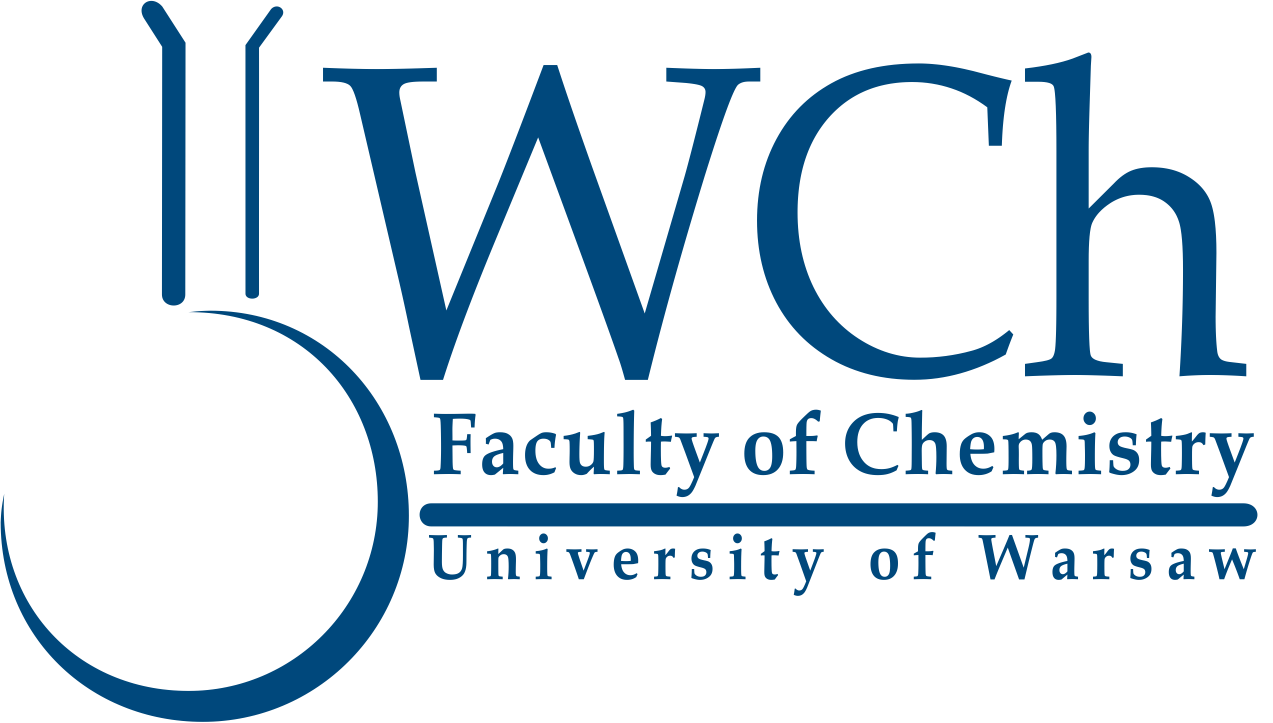Laboratory of Soft Matter
Team leader: prof. dr hab. Ewa Górecka
Team leader’s e-mail address: gorecka@chem.uw.edu.pl
Brief description of the research topic:
What do we do?
Soft matter includes systems in which the energy of intermolecular interactions is comparable to the kinetic energy of molecules resulting from thermal motion. As a result, such materials exhibit fluidity and are highly sensitive to small external fields such as temperature, pressure, or electric and magnetic fields. Research on soft matter helps to better understand the mechanisms of molecular self-organization and plays a key role in designing modern functional materials, biomaterials, and nanotechnologies.
Our main research interests focus on liquid crystals, polymers, gels, and hybrid materials. We conduct comprehensive studies—ranging from material synthesis through structural analysis to exploring technological applications.
What do we study?
Block copolymers, which are polymers made of two or more different polymer chains, have the ability to self-assemble into complex, ordered structures on the nanometer scale. Our goal is to develop effective methods to control the self-assembly process, reduce the formation of unwanted defects, and find ways to correct them. We are also interested in nature-inspired superlattices composed of nanoparticles whose spatial arrangement is driven by attached DNA chains. Additionally, we carry out the precise synthesis of so-called polymer brushes (polymer coatings) using advanced controlled radical polymerization techniques, such as ATRP or RAFT. These techniques are also used to modify materials that are typically difficult to functionalize, such as fluoropolymers or liquid metals (e.g., gallium alloys). Liquid crystals are materials that combine the properties – fluidity with directional properties. We are particularly interested in the mechanisms of spontaneous mirror symmetry breaking and the self-organization of dipole moments in such materials. In some materials, both features appear simultaneously—molecules spontaneously form heliconical structures, and their dipole moments exhibit long-range correlations, leading to electric polarization comparable to that observed in solid-state ferroelectrics. These structures show photonic properties—the position of photonic bandgaps can be precisely tuned using small electric fields. Soft hybrid materials -in this category, we synthesize and investigate multifunctional materials in which ferroelectric liquids are combined with magnetic ferrite nanoparticles in alternating layers, aiming to achieve multiferroic properties.
